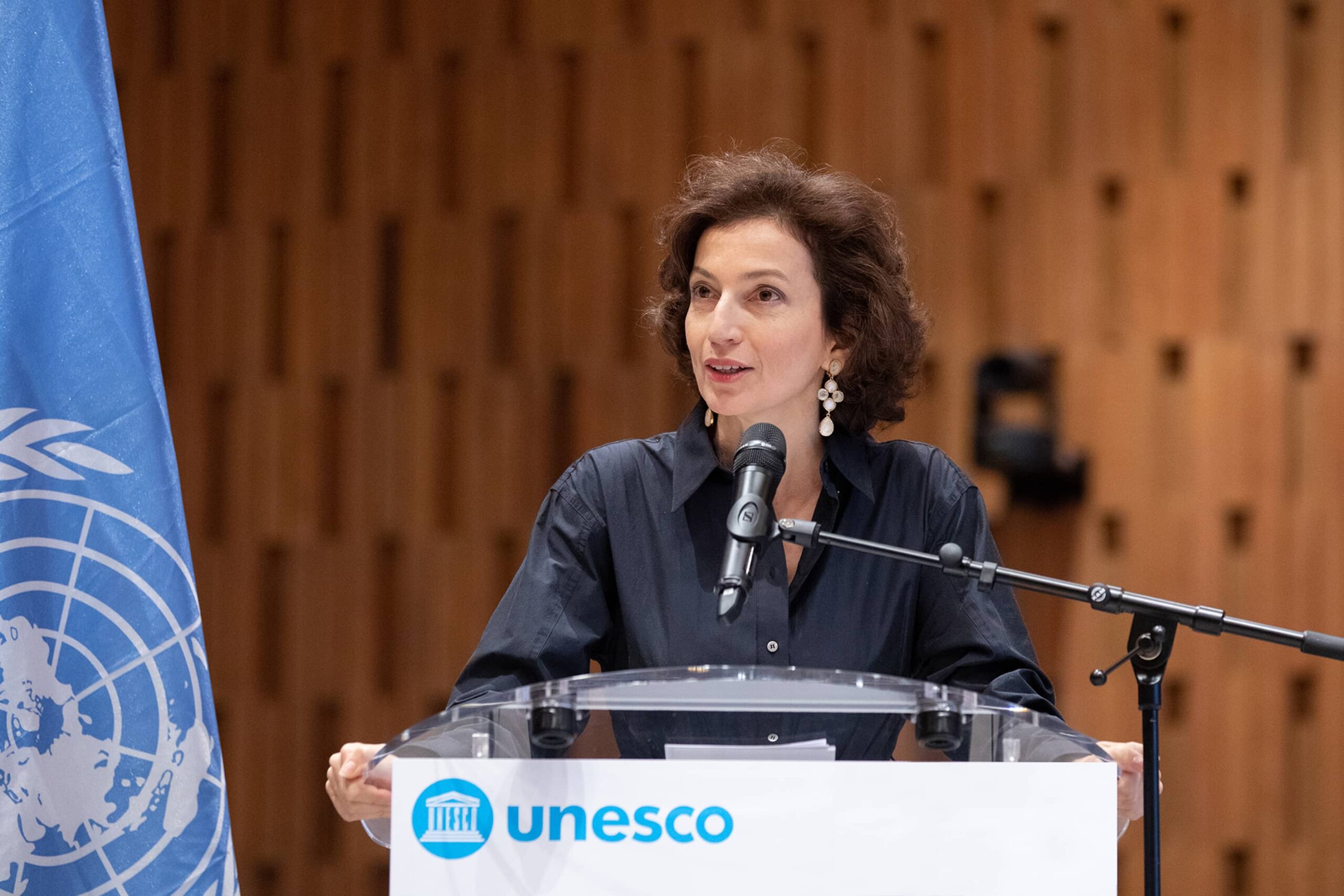“Radio has always been with us, bringing us together around powerful moments and shared emotions. And so, for over a century, it has been informing us, entertaining us, and also educating us.”
This was what United Nations Educational, Scientific and Cultural Organization (UNESCO) Director-General Audrey Azoulay said in her message on the occasion of World Radio Day, February 13.
Azoulay emphasized radio’s continued relevance in the modern world, citing its wide reach and accessibility, particularly in crisis situations and areas with limited internet access.
“Despite the growing influence of the internet and social networks, radio continues to be a prime source of information and entertainment—it is estimated that over four billion people listen to it,” she explained.
“Radio is also the medium that reaches places others do not: while almost a third of the population did not have a decent internet connection in 2023, a proportion that rises to half of the population in rural areas, radio is more inclusive and accessible, particularly in crisis situations,” she added.
In particular, the UNESCO Director-General highlighted community radio’s role in societies. “Radio can also be the voice of the voiceless, enabling all individuals and communities to express themselves, and to bring the diversity of their cultures to life. That is why UNESCO supports and encourages community radio all over the world.”
“As we see it, radio is more than a technical means of broadcasting: it embodies a certain idea of information, cultural diversity and education for all; we could go so far as to say that radio can and must be a humanist medium,” she said.
This year’s theme is “Radio: A century informing, entertaining and educating.”
World Radio Day is annually celebrated on February 13. It was established by UNESCO in 2011 and later adopted by the UN General Assembly in 2012.
UNESCO’s theme highlights radio’s past, present, and future. Emphasizing its ongoing utility as a source of information and entertainment, the celebration underscores radio’s resilience in the face of digital competition and economic challenges.
The organization encouraged broadcasters globally to join in celebrating radio’s contributions to democracy, cultural diversity, and community connectivity.
“It is a remarkable achievement for a major mass communications medium to continue its relevancy past 100 years and still be a force for freedom of expression, joy and knowledge,” UNESCO said.
On DZUP’s “UP Atin ‘To” episode on February 13, radio practitioner and UP Department of Broadcast Communication Assistant Professor Melba Estonilo asserted that radio remains robust and relevant, despite changes in the media landscape through the years.
“Ang radyo ay hindi naghihingalo at hindi rin siya patay. Siya po ay buháy na buháy. Nag-iba lámang po iyong hugis ng pisikal na radyo. But, the programs are still here. The anchors are still here. Our technicians are still here,” Estonilo said.
(Radio is not gasping for breath, nor is it dead. It is very much alive. The physical form of radio has simply changed. But, the programs are still here. The anchors are still here. Our technicians are still here.)
“Ang radyo ngayon ay talagang sumasabay sa pag-usad ng panahon. Hindi siya pumapayag [na mamatay]. Ang mentality kasi ng radyo: ‘We need to serve the public.’ It is our duty to continue serving the public. Radio has reinvented itself,” she added.
(The radio today truly keeps pace with the times. It refuses to die out. The mentality of radio is: ‘We need to serve the public.’ It is our duty to continue serving the public. Radio has reinvented itself.)

